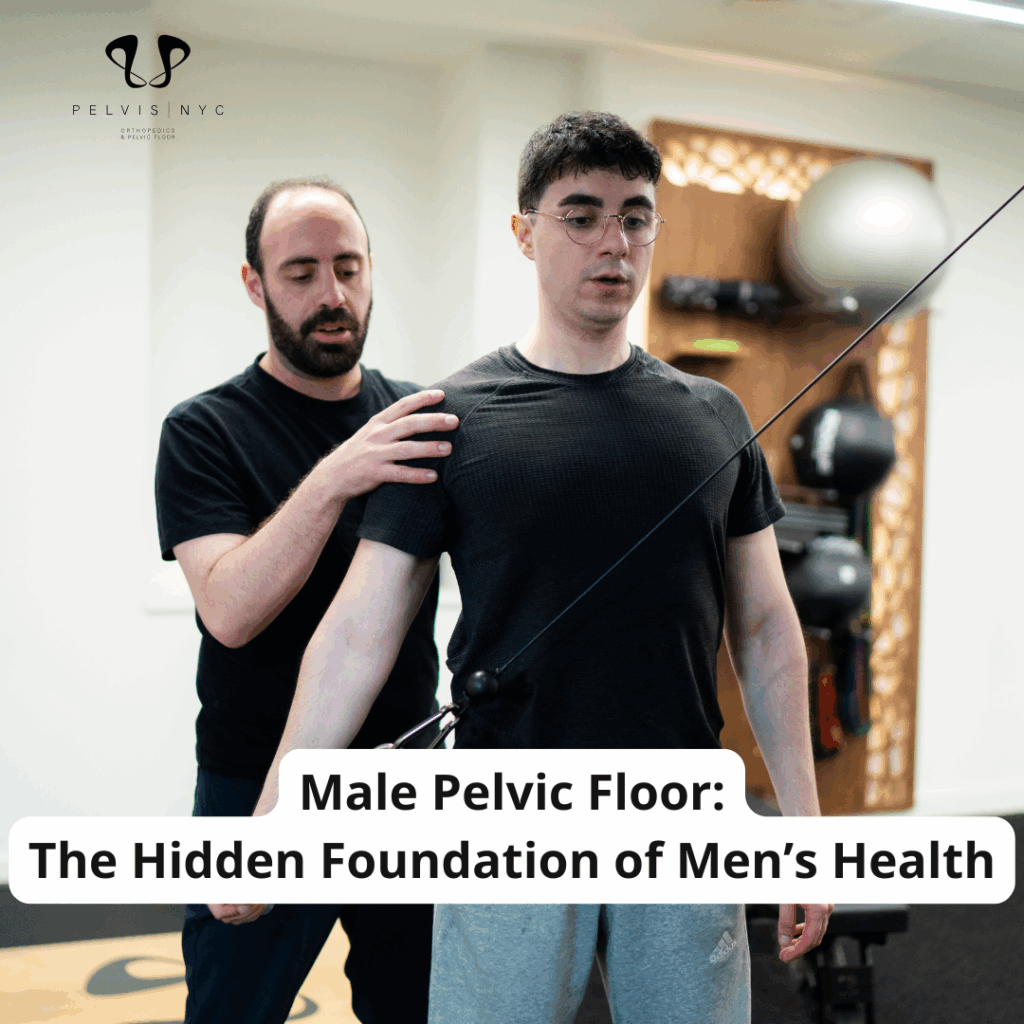Hey everyone! If you’re dealing with hip pain or discomfort, you might be wondering if your hip flexors are the culprits. As a physical therapist, I’m here to break down the symptoms of a hip flexor pain so you can better understand what’s going on with your body.
Understanding the Hip Flexors
Before we jump into the symptoms of a hip flexor pain, let’s quickly recap what hip flexor muscles are. These muscles, including the iliopsoas, rectus femoris, sartorius, and tensor fasciae latae, are responsible for lifting your thigh toward your torso. They’re essential for activities like walking, running, and even sitting.
Common Symptoms of a Hip Flexor Problem
1. Hip Flexor Pain and Discomfort
- Sharp Pain: You might feel a sharp, sudden pain in the front of your hip or groin area. This is common with hip flexor strains, where the muscles are overstretched or torn. Pain at the front of the hip is the most common symptom experienced, particularly when walking or running.
- Dull Ache: A persistent, dull ache can indicate tight hip flexors or chronic overuse. This pain often worsens with activities that involve hip movement, like walking or climbing stairs.
2. Limited Mobility
- Reduced Range of Motion: Difficulty lifting your knee or bringing your thigh toward your torso can be a sign of a hip flexor issue. You might notice this when trying to put on shoes or climb stairs.
- Stiffness: Stiffness in the hip area, especially after periods of inactivity, can signal tight hip flexors.
3. Weakness
- Muscle Weakness: Feeling weak or unstable in the hip area during activities like walking, running, or standing up from a chair can indicate hip flexor weakness. This is often due to weak muscles, which can be a result of muscle imbalances, improper conditioning, or activities that involve running, jumping, and high-knee kicks.
4. Swelling and Tenderness
- Swelling: Swelling around the hip or groin area can occur with more severe hip flexor strains, including severe strain cases that result in large muscle tears and may require medical attention such as physical therapy or surgery.
- Tenderness: The front of your hip may be tender to the touch, especially in cases of muscle strain or injury.
5. Difficulty Walking
- Limping: A noticeable limp or altered gait can result from hip flexor pain. This occurs because your body tries to compensate for the discomfort, leading to uneven walking patterns.
Causes of Hip Flexor Strain Symptoms
Understanding what causes these symptoms of a hip flexor pain can help you address the root of the problem. Hip flexor strain occurs due to overuse of the hip flexor muscles and tendons, which can lead to tearing of the muscles. Here are some common causes:
- Overuse: Repetitive activities like running or cycling can lead to overuse injuries in the hip flexor muscles.
- Prolonged Sitting: Sitting for long periods can cause the hip flexors to become tight and shortened, leading to discomfort.
- Improper Exercise Technique: Poor form during exercises that target the hip flexors can result in strain or injury.
- Sudden Movements: Quick, explosive movements, such as sprinting or jumping, can cause hip flexor strains.
Treatment Options
Once a hip flexor issue is diagnosed, a tailored treatment plan can help alleviate symptoms and promote healing, including addressing hip flexor tears. Here are some common treatments:
1. Rest and Ice
- Rest: Avoid activities that exacerbate the pain.
- Ice: Applying ice packs to the affected area can reduce swelling and alleviate pain.
2. Physical Therapy
Physical therapy can be highly effective in treating hip flexor injuries. Therapists often use a combination of exercises and stretches to strengthen the muscles and improve flexibility.

- Stretching: Gentle stretches can improve flexibility and reduce tightness in the hip flexor muscles.
- Strengthening Exercises: Targeted exercises can help strengthen the hip flexors and surrounding muscles.
- Manual Therapy: Techniques like massage and joint mobilization can relieve pain and improve function.
- Muscle Fibers: Understanding the structure of muscle fibers is crucial. Muscles comprise thousands of small fibers, and strains occur when they are stretched beyond their limit and torn apart.
3. Medication
- Anti-Inflammatory Drugs: Over-the-counter medications like ibuprofen can help manage pain and inflammation.
Preventing Hip Flexor Problems
To prevent hip flexor issues, incorporate these tips into your routine:
- Warm-Up: Always warm up before exercise to prepare your muscles.
- Proper Technique: Ensure you use the correct form during workouts.
- Regular Stretching: Include hip flexor stretches in your daily routine, especially if you sit for long periods.
- Strength Training: Strengthen your hip and surrounding muscles to support overall hip health.
- Most Hip Flexor Strains: Seek prompt treatment for most hip flexor strains. Use home remedies and consider medical advice for severe tears.
Final Thoughts
Understanding the symptoms of a hip flexor issue can help you identify problems early and seek appropriate treatment. Whether you’re dealing with pain, stiffness, or weakness, addressing these symptoms promptly can prevent further complications and get you back to your active lifestyle.
If you have any questions or need personalized advice, feel free to reach out at www.pelvis.nyc. As a physical therapist, I’m here to support you on your journey to better hip health. Stay active and take care of those hips!
Related blog: Hip Flexors Pain: Learn How to Manage It




No comment yet, add your voice below!